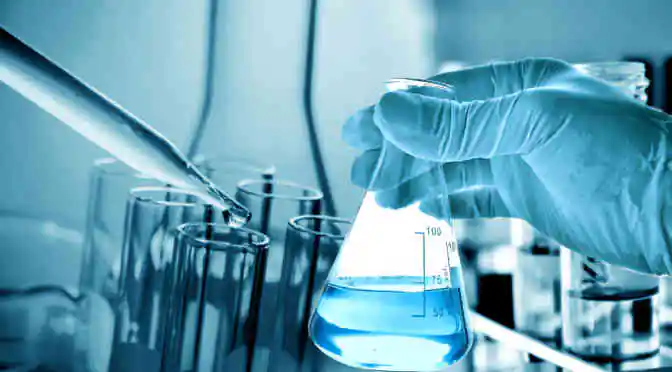If you read this blog with any regularity, then you know we’ve got a proclivity for topics that don’t immediately strike the reader as fascinating. Cement and recycled plastics are just two recent examples.
Today, we continue that trend by looking into what’s going on in the world of printing inks.
The ink market is growing in direct response to the packaging industry boom of the past 10 years. Packaging has become an important differentiator for brands to stand out in the increasingly saturated market. All told, the global packaging market is expected to reach a value of $1.06 trillion by 2020. That translated to a lot of ink—$21.9 billion worth of ink by 2020, to be precise.
And end-users across the industry aren’t content with the inks of yore. There is a surprising amount of research taking place in this sphere, and a lot of this concentrates on using novel materials to create better inks.
A team from Princeton University, for instance, released a study this week which looks at some interesting drying properties found in whisky, and tries to mimic these to get better uniform coverage from printing inks.
Many evaporating liquids have a tendency to pull outwards, like a coffee ring for instance. However, they team from Princeton found that certain whiskies have molecules that lower surface tension and stop this pulling property in liquid, which keeps the liquid in the middle of a circle.
“Recreating these whisky properties in other liquids, essentially gives researchers more control over their behavior and distribution. This would be very attractive for industrial liquids used for coating objects, and for 3D printing inks to ensure predictable drying behavior,” says an article on 3Ders.org.
Aside from exploring alcohol as the key to making ink stay put as they dry, there’s also huge demand in the industry for safer inks. Waterborne printing inks are gaining popularity because of their low toxicity and relative environmental friendliness compared with solvent-borne inks, and vegetable oil is becoming an increasingly popular solvent thanks to its environmentally friendly properties.
For more information about drivers, challenges, and trends in the global printing ink market, check out Technavio’s new report.



